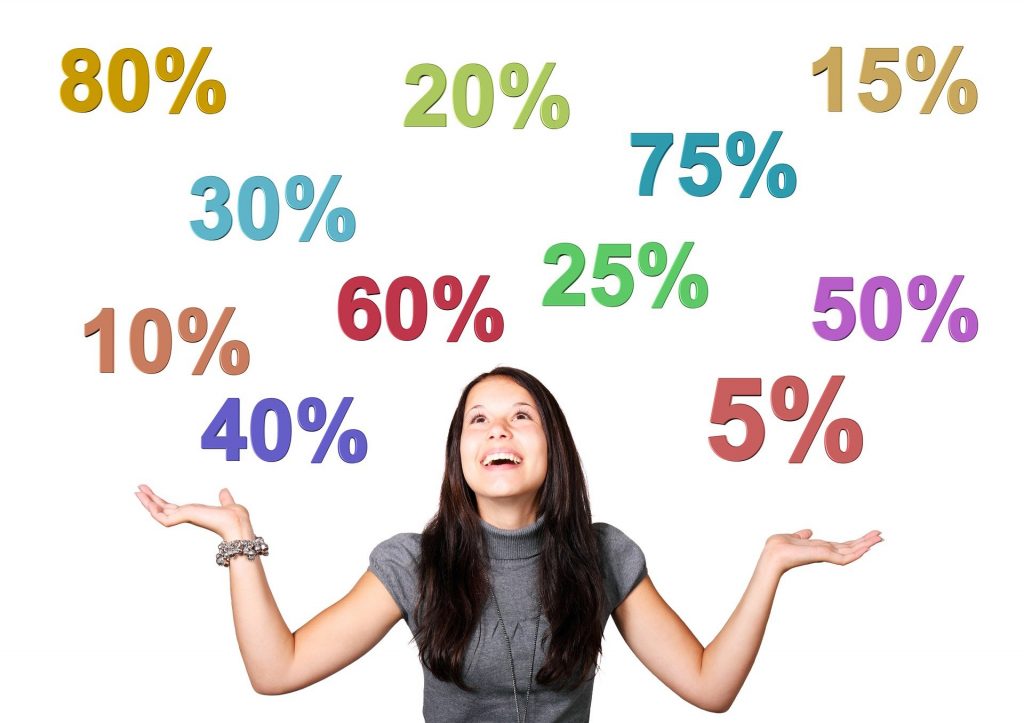The hotel industry is experiencing the emergence of techniques for price optimization.
To suggest the best price, these tools incorporate real-time competitive pricing with the demand and booking trends of a hotel.
Overall, as part of its revenue management approach, the industry is concentrating more on demand curve and price optimization.

I’m mentioning within this article how hoteliers need to look beyond quick repairs. For price strategies, there is a need to concentrate on dynamic rate optimization.
Travelers typically expect room price increases during peak times, for example, such as the Christmas winter.
Customers willingly pay higher prices during these times and it is obvious for hotels because people get holidays. Hence they like to spend this
Thus, room rate prices for holiday hotels are said to be relatively inelastic or inflexible.
What are the factors that you should take into consideration when planning your rates?
Take account of demand
It’s connected more to seasonal fluctuations. Many providers of rooms modify their rates based on guest demand or trends.
During the high season, it became natural to raise prices and lower them once the season was over.
This approach works on the basis that hotels, though selling at a higher price optimization, gain much of their profits in the high season.
After that throughout the low season, rooms can even be priced that would essentially cover a simple running expense.
Moreover, hotels can use the approach to raise prices for weekends or anniversaries.
While visitors are trying to find a place to stay during a specific event in the city, they know exactly what to expect even though they are willing to pay a premium amount.
Though demand increases on weekends, a majority of hoteliers slightly change their rates to get more bookings.
Here comes the point where you need to consider more rate plans, more options for what to offer.
It will not be the right decision if you only focus on increasing your occupancy.
One increased parameter in the hospitality sector (e.g. occupancy) can lead to a reduction in the
other one (e.g. income). So finding a balance where all components function in harmony is very critical.
If you want to use a dynamic pricing strategy in your business, you have to know what other businesses around you are doing.
You need to know what you deal with, know your guests, know the history of previous business years, and even know your rivals for this purpose.
Keep an eye on the market
In order to come up with the correct pricing strategy. You have to know your market very well and know about competitors also.
There are also several resources that can assist you in evaluating the types of visitors. You can begin preparing later on how and what to deliver by each distinct section.
When designing different prices for different markets, what you need to consider – there may be dissatisfied customers too.
They might assume that you are using price discrimination instead of dynamic pricing policies. So you need a strategy to counter them, too.
Competitive Pricing, in general, stands for selling the same commodity to various groups of customers at different prices at different times.
So if one group will find out that the other group received lower prices, there might be some unhappy faces.
Maybe you have different prices for different corporate partners or different pricing for leisure and business travelers – they might get to know about those agreements.
Despite the unhappy guest risk, almost each and every accommodation provider that worked with, have different prices depending on who their customers are.
Almost always corporate partners have better offers than individual guests, families, or bigger groups having a higher daily rate than individual travelers and etc.
Price and discount packages
You can set up your base price for dynamic pricing and later change it according to your revenue management rules.
There are also many different rate plans or exclusive deals you may come up with.
This differentiation of rate plans targets different crowds and also opens more different prices that you can offer.
It has been seen that most hotels are using more than one pricing technique. Much of the time they make sure they are selling non-refundable packages.
These are a great tool to attract different types of guests, because people, who are sure about their stay will choose to book a bit cheaper but with a non-refundable policy.
Those, who are traveling just for the short term are okay with paying slightly more than those, who are staying at the same place for a week or so.
Depending on seasonality, rate plans can also vary and may include other discounts applied.
All these efforts will help you to go for dynamic pricing optimization strategies.
Conclusion
The travel industry, however, is very competitive, and people are moving around all the time. But the best match is what they are looking for.
When your clients land on your website, be able to use it.
When the rates are static, they don’t often alter. In this situation, you are closing the window, for all those other guests who are searching for more choices.
For making an excellent hotel website Qloapps provides a better solution. You can easily manage all your hotel properties. For getting more information write on our forum.
Write our ideas and suggestions in the comment box.

Be the first to comment.